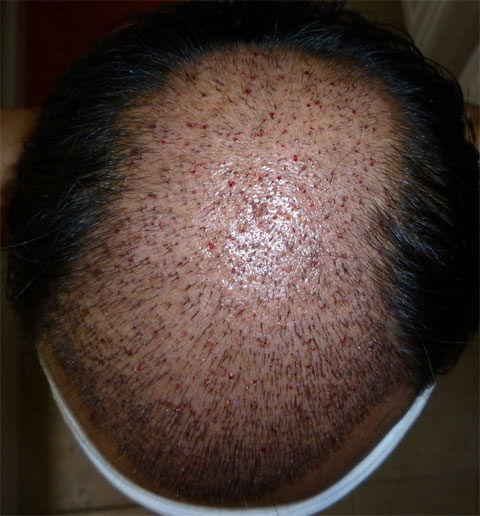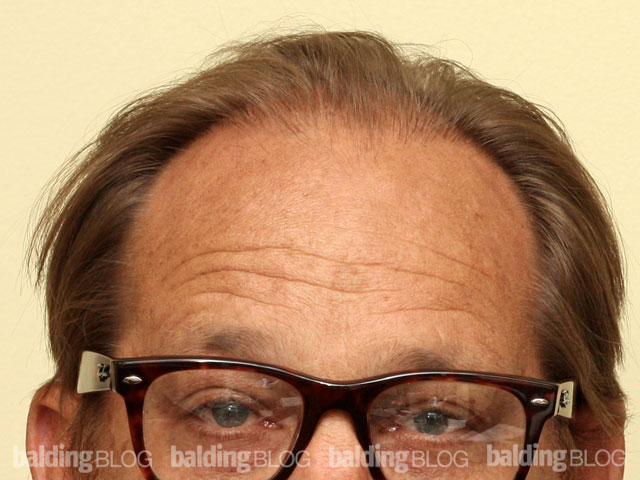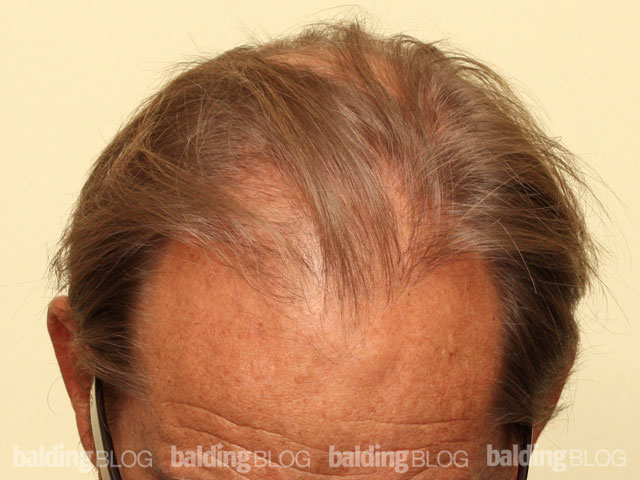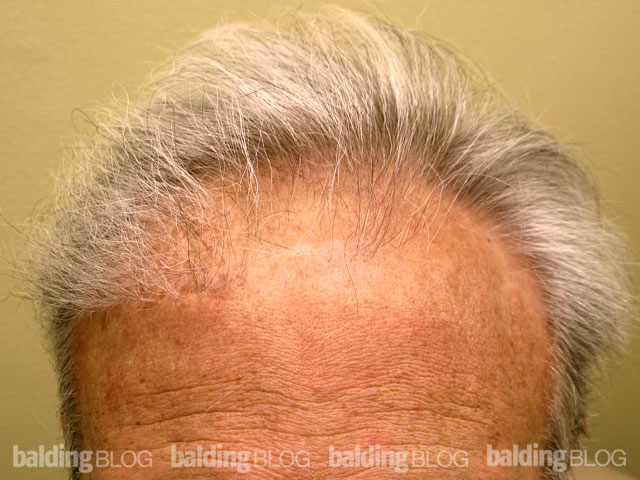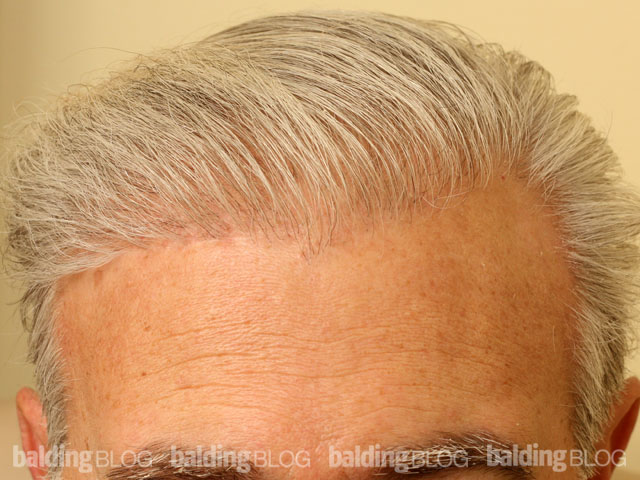This article says the FUE surgery using the Artas® robot is actually cheaper, which goes against what you said about higher costs. Thoughts?
LA Times: Robot-assisted hair restoration?
The cost of the ARTAS robot is $200,000 and the doctor must pay a fee of $1/graft for its use. That cost must be factored into the doctor’s overhead for the procedure (rent and surgical supplies). The robot will not lessen the cost of a highly skilled staff, so I am not sure if the overall cost will be lower financially or not. I see in the article from the LA Times that a discount for follicular extraction (FUE) pricing will be offered for the substitution of Dr. Harris’s time, but as many of the other costs remain fixed, the discount may be relatively smaller (in the range of $1-2/graft). This is the opinion of one doctor and one doctor only.
In the past, I have said that the robot might actually increase the costs, especially in its early phases (today’s form) where it can only core the graft (FUE style), not remove them or place them into the scalp. When the robot is capable of doing the entire process — including the graft placement, which is still years away — I am relatively confident that the overall cost to the patient will be less. I hesitate to comment on Dr. Harris’s pricing formulae and I am not sure that he will be able to maintain lower prices with the robot without some history of working with the robot occurring.
Besides the financial aspect, the real cost for the patient in FUE procedures is graft damage during extraction which causes less graft growth, a common problem for FUE in all but a few highly skilled doctors. I see patients in our office quite frequently who have had FUE procedures with significant failures of the grafts to grow, so the robot will assure the patient that (at the least) the grafts will not be damaged during the extraction phase. Damage of the grafts can also occur when the grafts are exposed to air for more than 10-15 seconds, if they are mishandled during placement, or if they are killed off during storage while awaiting placement (now a manual, not a robotic technique).
So to answer your question, the charge for the present technology may or may not really be significantly lower, but for the less-than-very skilled surgeons who do not have a great deal of FUE experience, the cost to the patient in successful extractions will be leveraged with better results. From a quality point of view, the robot levels the playing field for FUE, making the inexperienced FUE surgeon possibly as good as the skilled FUE surgeon. It will absolutely level the playing field once the robot can perform the entire mechanical process from extraction to placement of the grafts in one smooth process. That functionality is not at hand now or anytime soon.
After discussions with the president of Restoration Robotics (the makers of the robot) last week, I was told that the full functionality of the robot with FDA approval will not be available for 4-6 years. Pricing something that is worked into our daily process will take time.
Tags: fue, artas®, restoration robotics, hair transplant, follicular unit extraction
